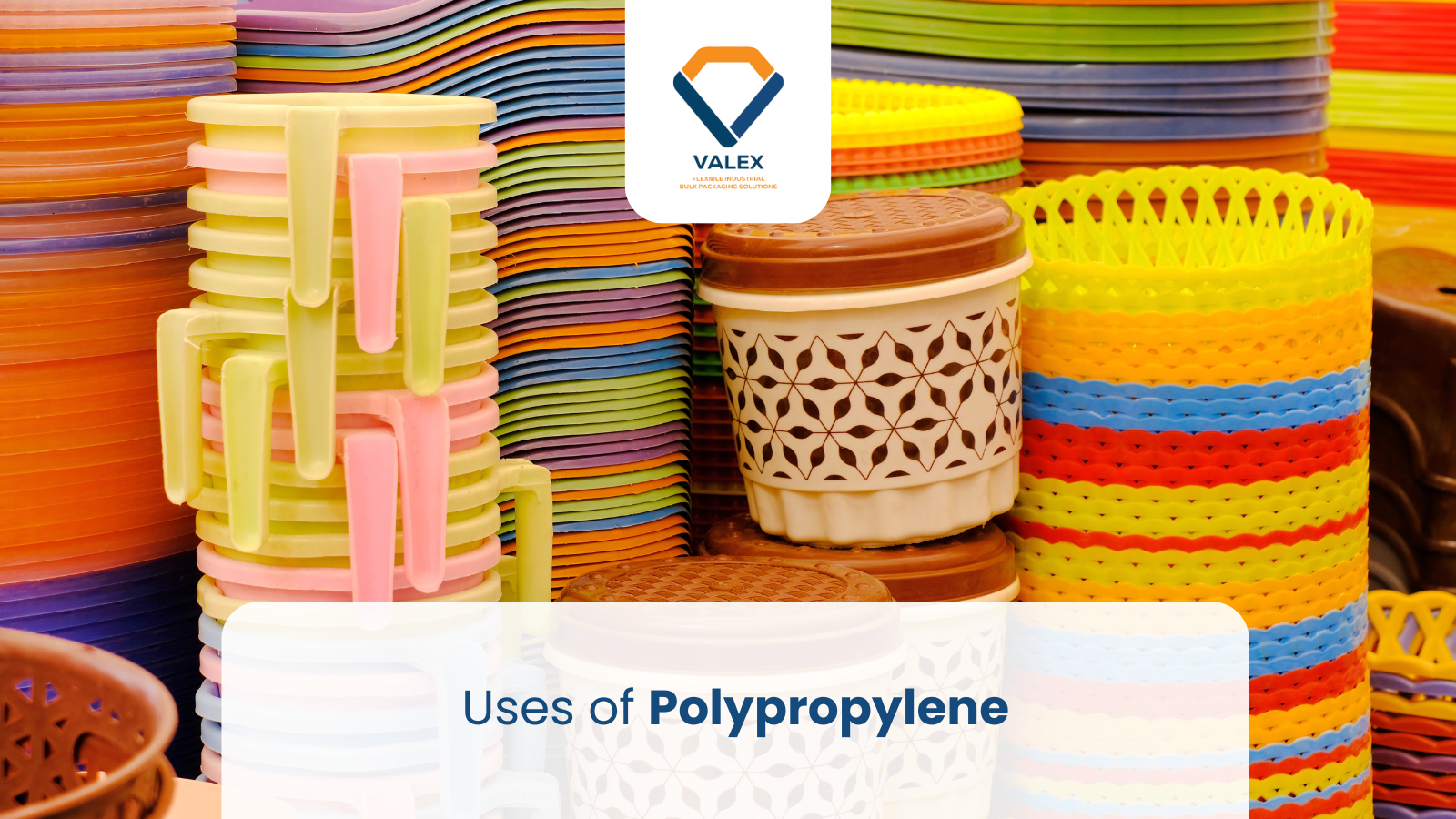Polypropylene has quietly become one of the most versatile plastics in the manufacturing sector. Its combination of strength, chemical resistance, and low weight makes it ideal for applications like packaging & automotive parts. Below, we will try to understand the properties of polypropylene plastic, answer "What is polypropylene used for?," highlight advantages of using polypropylene, and look ahead to the future of polypropylene uses.
At its core, polypropylene is a semi-crystalline thermoplastic that offers an exceptional balance of performance and cost. Its most notable properties of polypropylene include:
These characteristics underpin polypropylene's vast range of applications and long service life.
When you handle a product in a PP bag, drive a car, or uncap a water bottle, you're often touching polypropylene. Here are some common uses of polypropylene:
These uses of polypropylene capitalize on its strength, safety, and ease of molding.
Polypropylene comes in several grades each tailored for specific performance needs:
Within the space of bulk handling, you'll also encounter types of PP woven bags and types of PP bags such as:

Each design plays to polypropylene's strengths durability, flexibility, and chemical inertness.
Shifting from older plastics to polypropylene brings several polypropylene benefits:
These advantages of polypropylene explain why many companies, including Valex Ventures, have built their industrial packaging offerings around this material.
Beyond films and injection parts, polypropylene fabric plays a starring role in Flexible Intermediate Bulk Containers (FIBCs). Its woven construction provides:
When you need reliable shipping bags or storage bags that can be lifted by crane or forklift, the weave and GSM (grams per square meter) of the PP fabric determine performance. Valex Ventures range of Type A, B, and C FIBC bags leverages these fabric properties for specialized industrial needs.
Innovation in polypropylene material continues to push boundaries. Look for:
The future of polypropylene use is bright, advancing beyond traditional packaging into smart, circular, and hybrid-material applications.
When durability, chemical resistance, and lightweight performance matter, polypropylene stands out as the top choice for industrial packaging. Whether you're selecting among types of polypropylene, evaluating polypropylene uses in food systems, or planning the reuse of polypropylene in bulk applications, this material delivers cost-effective reliability.
Explore Valex Ventures complete lineup of PP-based bulk bags and FIBC solutions to see how polypropylene can streamline your operations today and power your innovations tomorrow.
What types of polypropylene are used in bulk packaging?
Homopolymer, random copolymer, and block copolymer polypropylene are the main types. In bulk packaging, woven polypropylene fabric is commonly used to manufacture FIBC bags, U-panel bags, and baffle bags.
Why is polypropylene used in FIBC bags?
Polypropylene provides high load-bearing capacity, UV resistance, and chemical stability qualities essential for making durable and reusable FIBC bags and bulk bags used in industrial and construction settings.
Are polypropylene bags reusable?
Yes, many polypropylene bags, especially industrial-grade FIBC bags, are reusable if used within their safe working load and safety factor guidelines. They're cost-effective and sustainable for long-term use.
How is polypropylene different from other plastic materials?
Polypropylene has a lower density and higher fatigue resistance compared to many other plastics. It's more heat-tolerant and recyclable, making it a popular choice for shipping bags and industrial containers.What are the advantages of using polypropylene in industrial packaging?
The major advantages include its affordability, strength, resistance to wear and tear, and compatibility with food and chemicals. It also supports sustainability goals due to its reusability and recyclability.